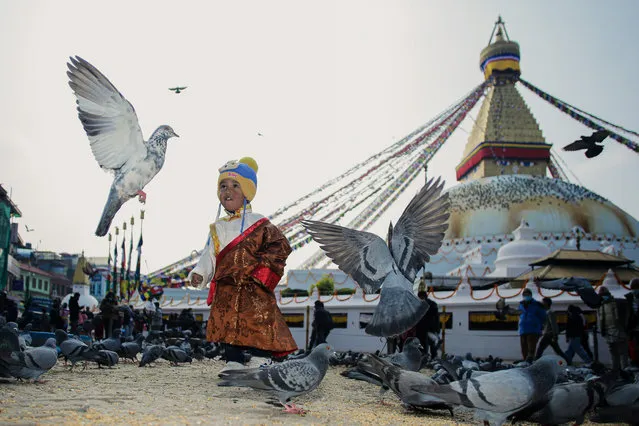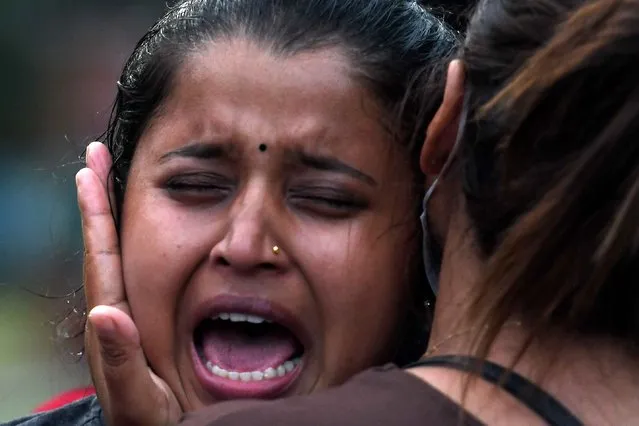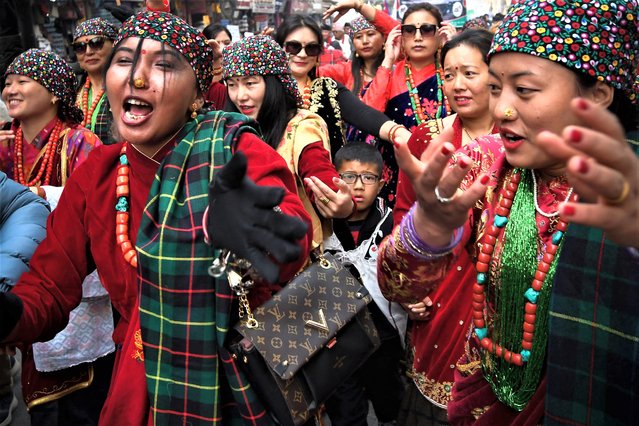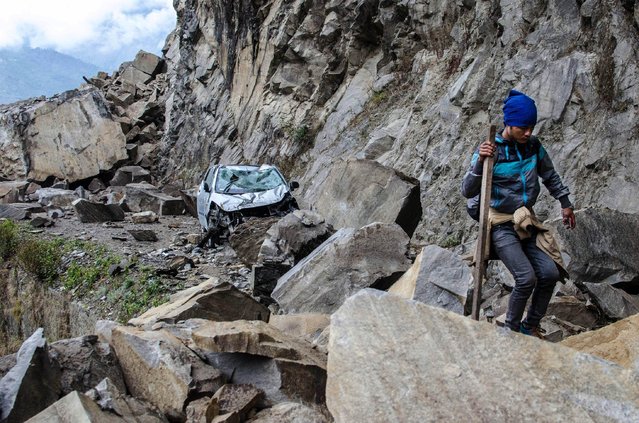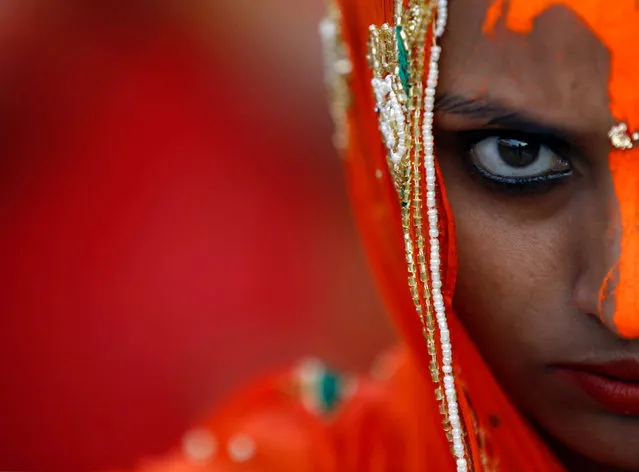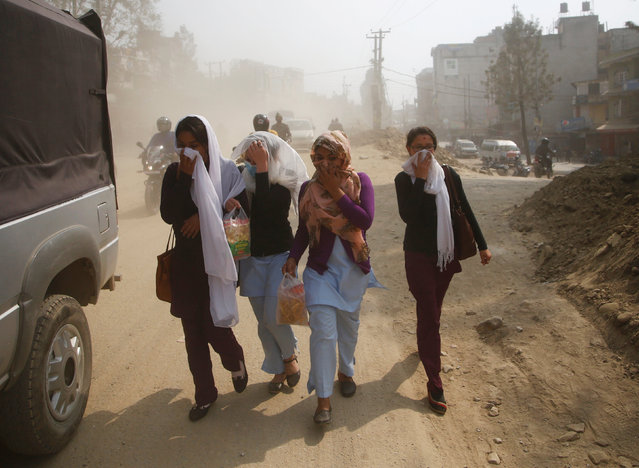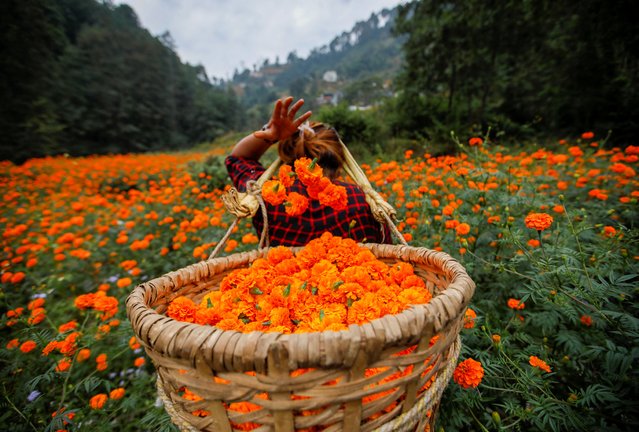
A woman fills her basket with marigold flowers, used to make garlands and offer prayers, as she plucks them before selling to the market for the Tihar festival, also called Diwali, in Kathmandu, Nepal on October 25, 2019. (Photo by Navesh Chitrakar/Reuters)
07 Dec 2019 00:03:00,post received
0 comments

